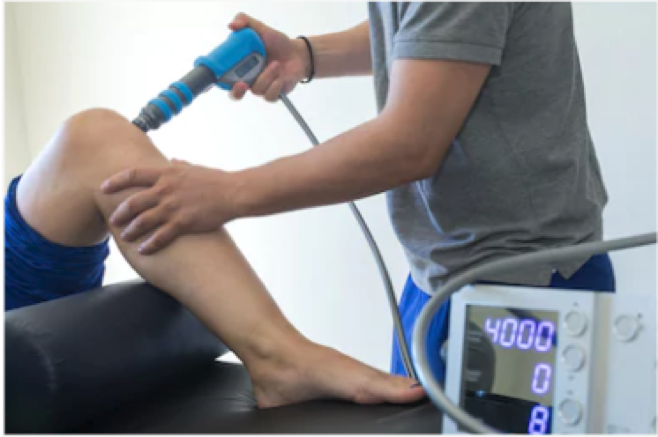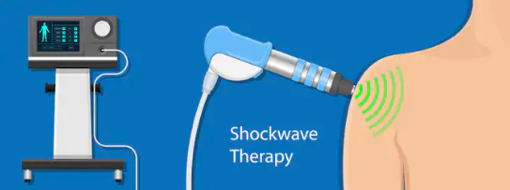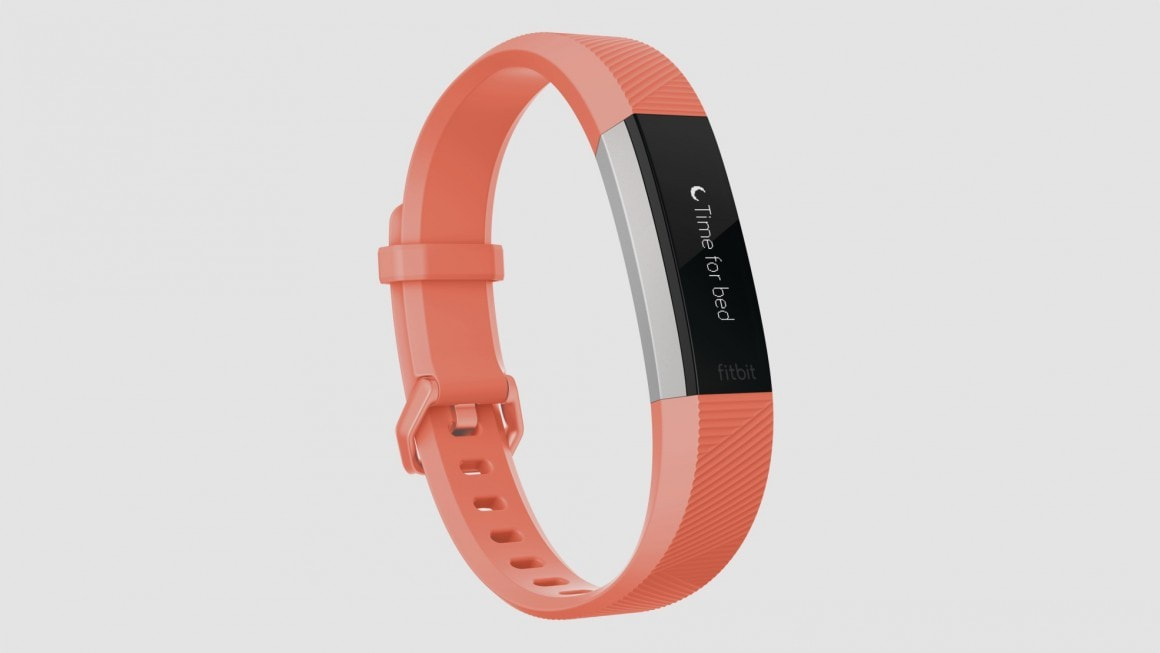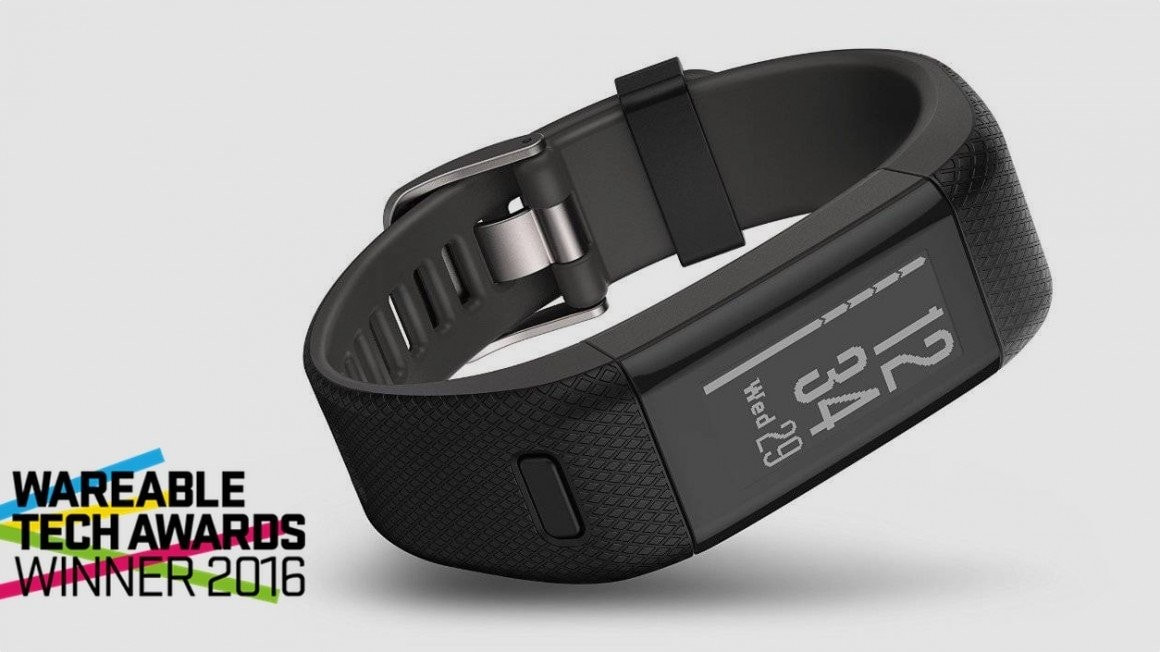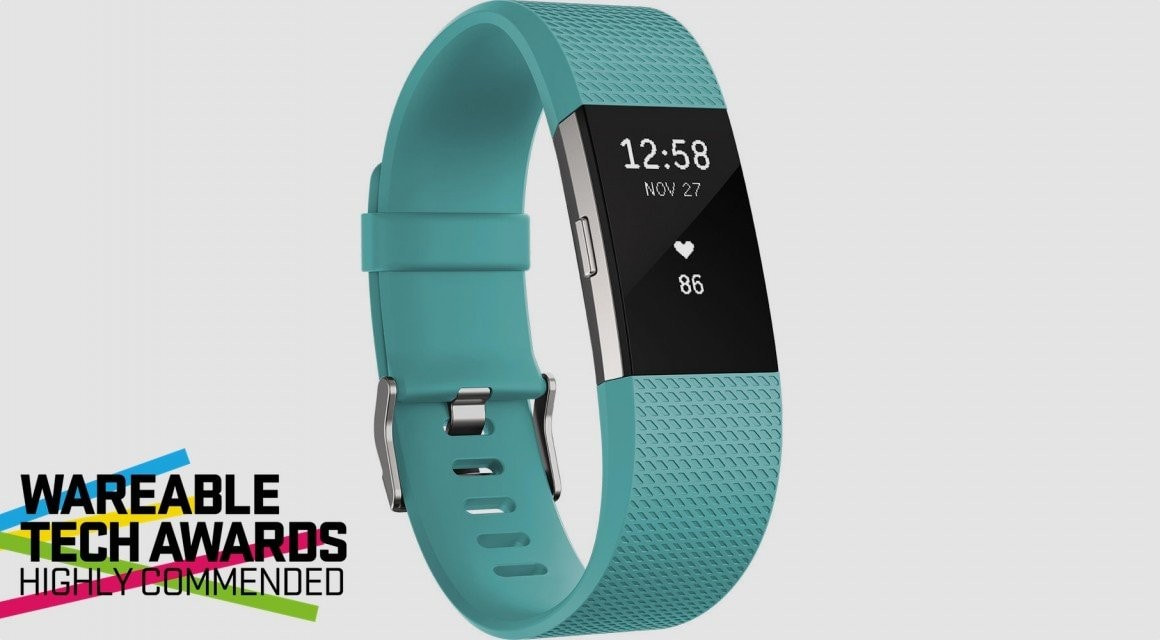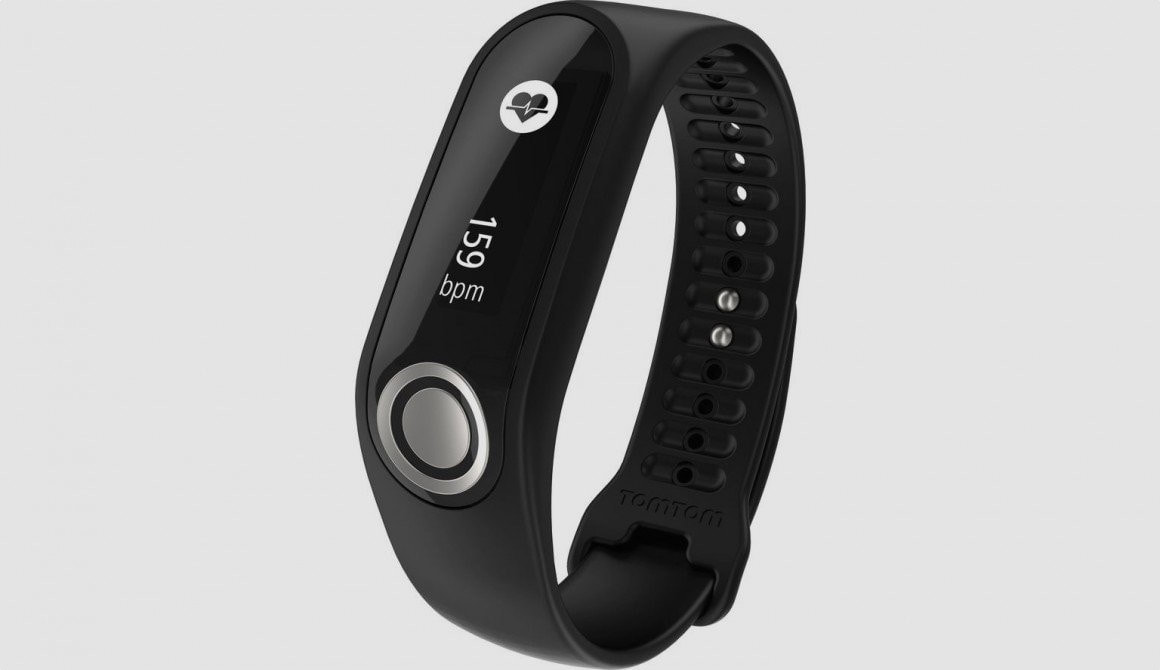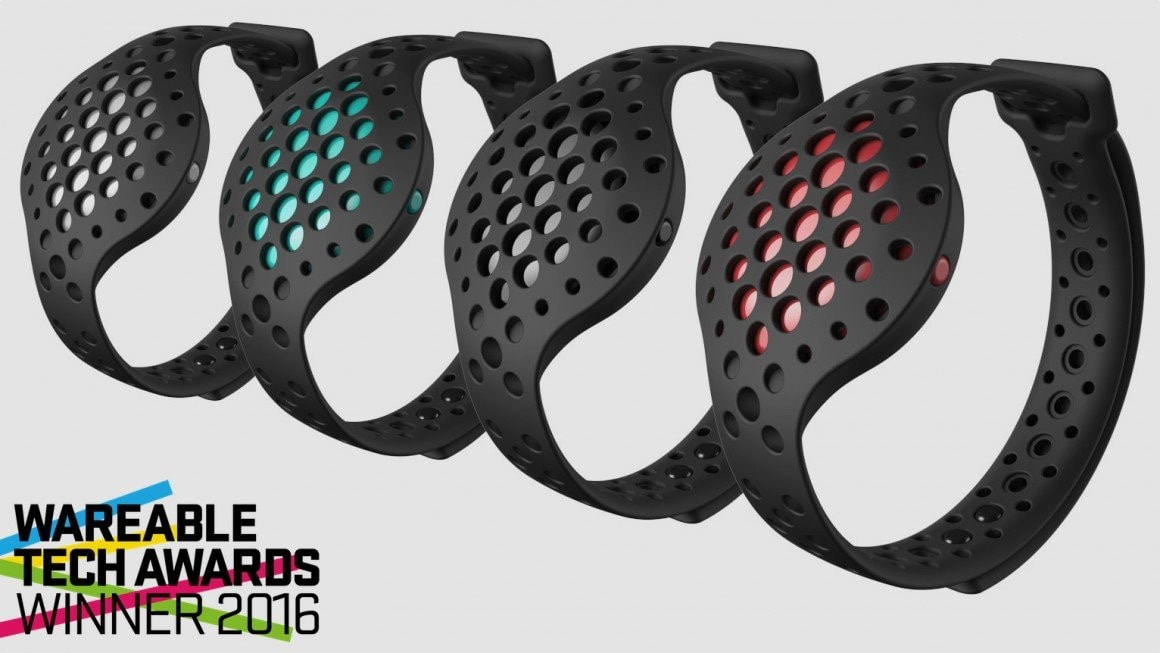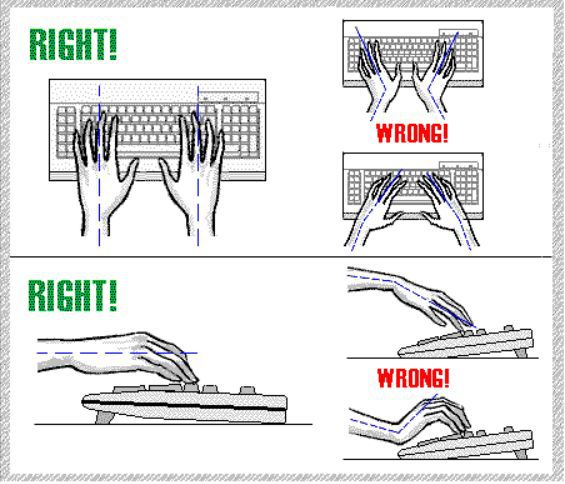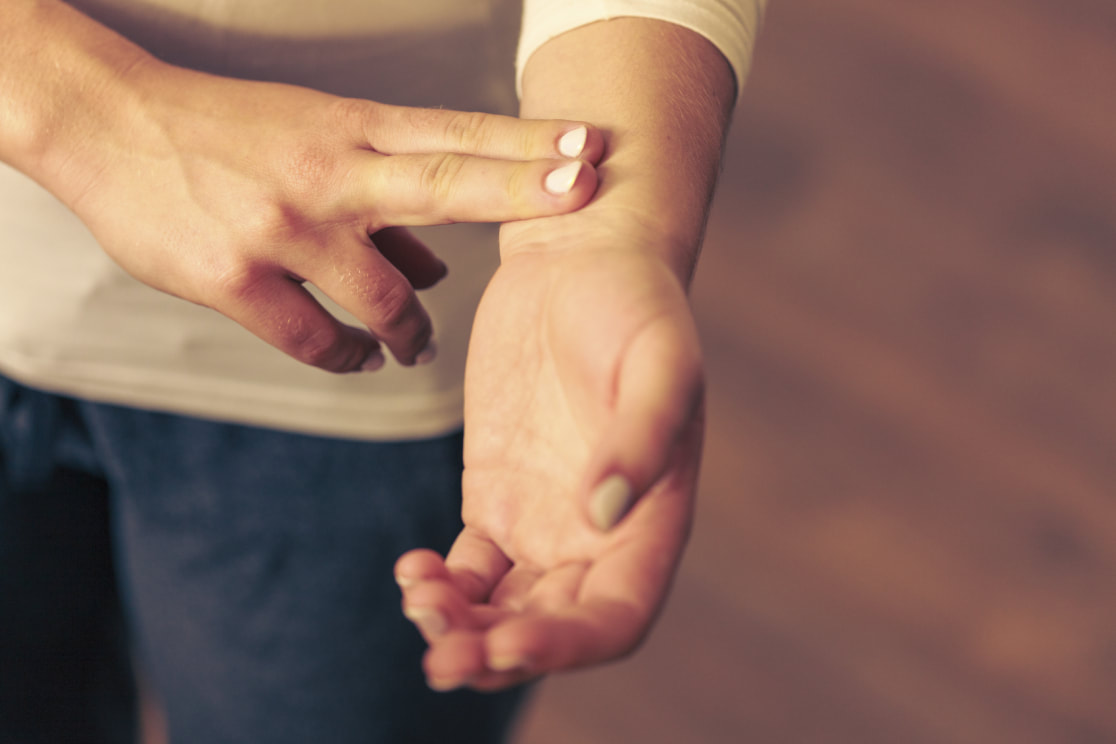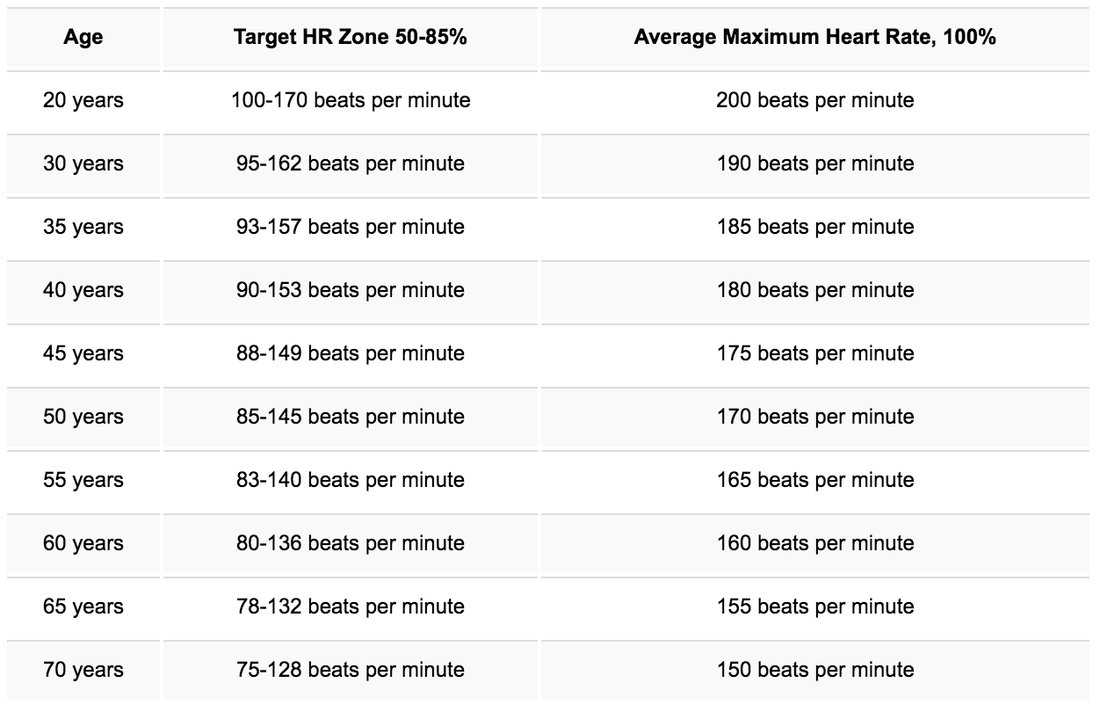|
Originally developed for the treatment of kidney stones, shockwave therapy is a promising modern therapy technique for the treatment of chronic musculoskeletal disorders. What is it? Shockwave is a non-invasive therapeutic technique shown to help decrease muscle tension and inhibit muscle spasm by improving blood flow to hypertonic muscles and their ligamentous structures. Additionally, shockwave can help repair damaged muscular and ligamentous structures by improving collagen production and facilitating new blood vessel formation. How does it work? Shockwave therapy utilizes controlled sonic pulses to apply a direct mechanical force to the area of concern. This causes a biological reaction within the cells of that area, triggering the body’s natural healing response and increasing blood flow to the site. Is shockwave for me?
Shockwave can be utilized in a therapeutic setting to treat musculoskeletal injuries such as plantar fasciitis, shoulder tendinitis, whiplash, tennis elbow, rotator cuff calcific tendonitis, chronic inflammation, stress fractures and osteoarthritis. Shockwave is not applicable if you suffer from coagulation disorders, tumor diseases, acute inflammation, or if you have a pacemaker. Shockwave is also contraindicated during pregnancy and with children in a growth stage. What can I expect? A typical treatment lasts 10 minutes per area being treated. Most injuries require multiple treatments spread several days apart to give your body an opportunity to do its natural healing in between sessions. Individuals usually experience a significant reduction in pain and increase in mobility following the use of shockwave. Some patients may experience a little discomfort and bruising 2-4 hours after treatment. In some cases the discomfort may last up to 48 hours and in rare cases up to 5 days. If you live in Thornhill or the GTA and are interested in learning more about the benefits of shockwave therapy, email us at [email protected]!
742 Comments
In Canada, the month of December is pretty much guaranteed to see at least a few centimeters of snow. It is important to know the proper techniques for shoveling snow to prevent injuries.
1. Pick the Right Snow Shovel Replacing your old, beat-up shovel with an ergonomic one can make the chore of shoveling snow a lot easier.
2. Warm Up Thoroughly Tight muscles are more prone to injury than loose muscles. Warm your muscle for 5-10 minutes before hand by:
3. Use Proper Lifting Techniques Try to push the snow to one side rather than lifting it. When you must lift, make sure to use proper techniques.
4. Pace Yourself Shoveling small amounts of snow frequently is less strenuous than shoveling a large pile at once.
5. Keep Your Feet on the Ground
Read more at http://www.spine-health.com/wellness/ergonomics/snow-shoveling-techniques-prevent-low-back-injuries Wareable.com, a site dedicated to content exclusive to wearable technology, has produced a list of the best fitness trackers of 2017. Tracking your steps, calories burned, sleep quality and more are the latest crazes for fitness gurus and those who are beginning new health regimes. With so many designs out there, it's important read the reviews of tech experts before investing in a device that may or may not be suited to fulfill your wants and needs. Here are the top 5 trackers in different categories: Best New Tracker: FitBit Alta HR - $149.99USD The latest edition of Fitbit Alta maintains its slim appearance but has a new feature of continuous heart rate tracking. This tracker is best for those who want to learn more about their wellbeing and how active they are, rather than those who are passionate about fitness. As someone who owns the previous version of the Alta, I was most disappointed with the fact that it doesn't give me a break down of the amount of effort I put in at the gym (i.e. it does not track weight lifting, but not many do yet). Overall, the Fitbit Alta is a great choice for the price and is one of the most atheistically pleasing trackers out there. Key features: tracking steps, sleep monitoring, heart monitoring, notifications. Best Fitness Tracker: Garmin Vivosmart HR+ - $219.99USD While this tracker is boasted to have every current feature you could ask for packed into one device, it's chunky appearance and dated screen wouldn't make the cut for consumers who don't want to sacrifice aesthetic in their wearable technology. Its GPS tracking feature is perfect for runners who want to leave their phones at home. Key features: tracking steps, sleep monitoring, water resistance up to 50 m, 24/7 heart rate monitoring, GPS. Best General Fitness Tracker: Fitbit Charge 2 - $149.99USD Wareable.com commemorates the latest version of Fitbit's Charge tracker for its continuous heart rate feature and innovative guided breathing exercises. Everyone I personally know with this tracker is happy with it, but the reason I chose the Alta over the Charge 2 was its thickness and price. Also, there is no GPS tracker built in, so you'll have to bring your phone with you while running outside for the best results. Overall, the Fitbit Charge 2 is considered by Wearable.com to be one of the strongest general fitness and wellbeing trackers on the market. Key features: tracking steps, sleep monitoring, 24/7 heart rate monitoring, breathing training, VO2 Max. Best for Losing Weight: TomTom Touch - $129.99USD While not considered to be the perfect fitness tracker overall, the TomTom Touch offers an important feature that consumers looking to lose weight will love: body composition. By placing your finger on the sensor, you will get a pretty accurate analysis of your body fat and muscle percentages. Now you can skip going to your family doctor, dietician or personal trainer to see how your body fat has reduced and how your muscle mass has increased. Best for Getting in Shape and Sport Lovers: Moov Now - $59.99USD The Moov Now is not your typical general fitness tracker. What makes this wearable unique is its advanced sports training feature which successfully uses actionable running, swimming and cycling data to improve your skills and techniques in various sports. As you improve, you can gradually increase the difficulty level in order to achieve tangible goals. On top of this unique feature, the Moov Now also tracks your steps and sleep! Key features: tracking steps, sleep, advanced sports coaching, run/bike tracking.
For more of the best trackers of 2017, check out Wearable.com's list.. Repetitive Strain Injury (RSI) is a condition caused by prolonged repetitive hand movements, such as those involved in computer use. Symptoms include shooting pains in the hands, wrists, forearms, and back.
Here are 6 simple tips to prevent RSI and reduce the symptoms. 1. Type with wrists in the Neutral Position In Ergonomics, Neutral Wrist Position is defined as:
2. Adjust or replace your keyboard The correct keyboard adjustment is one where the keyboard is flat and at or below elbow level. This position makes it easiest to type with your wrists in the neutral position. A gel wrist rest placed along the edge of the desk can help prevent you from resting your wrists on the hard edge of the desk or table. However, you should never rest your wrists while typing even with gel rests. Only use this when you are no longer typing. 3. The mouse is often to blame Many people develop RSI in the hand they use the mouse with as they tend to rest their wrist and flex it upwards in the Dorsiflexion Position when it should be in neutral, as when you are typing. Using a mouse pad with a gel can promote elevation in the wrist while using the mouse. 4. Take regular breaks To prevent developing RSI, it is recommended to take a 5 minute break every 20 or 30 minutes of continuous desk activity, and more frequently if you have the condition. Set a reminder on your computer or mobile device and use this time to walk around and stretch your wrists. 5. Sit at the computer with good posture Bad posture while at a computer can lead to numerous aches and strains in your neck, back, and even wrists. Bad posture is a primary risk factor in RSI because leaning forward instead of sitting up straight leads to resting your wrists while using the keyboard and mouse. Choose and adjust your seat so that you sit up straight, rather than leaning forward over the keyboard. Refer to this article if you aren't sure what constitutes good posture. 6. Get treatment The final step to reducing symptoms of RSI is visiting a physiotherapist where you will benefit from a prognosis, hands on treatment, and a program to help reduce your symptoms when you're sitting alone in front of a computer. The key to less pain could be as simple as changing your habits. Resting Heart Rate Before you determine your target heart rate during physical activity, it is important to know your resting heart rate. Your resting heart rate is the number of times your heart beats per minute while your body is relaxed. A good time for accurate result is first thing in the morning after a good sleep. Training Heart Rate Now, it’s time to determine you target training heart rate. Your aim is to stay between 50-69% of your maximum heart rate during moderately intense activities, and 70-90% during high intensity workouts. (see chart below). Step 1: Take your pulse from the inside of your wrist by gently pressing your index and middle fingers over the blood vessels. Step 2: Set a timer for 10 seconds and count your pulse, or watch the clock. Multiply this number by six to find your beats per minute. Step 3: Determine your heart rate zone based on the chart below. Your maximum heart rate is approximately 220, minus your age. Now What?
If you find your heart rate is above your target zone of, slow down. Alternatively, if your heart rate is too slow, you know it’s time to kick up the intensity and push a little harder. By using the range of 50-69%, this method allows you to monitor your fitness level and understand whether the activity is appropriate, helping you to achieve whatever the results are that you’re aiming for. Try aiming for the lower range of your target heart rate zone and gradually make your way to a faster heart rate. Make sure you talk to your health care professional before beginning a new exercise regime and visit a physiotherapist for help creating a unique regime for you. |

 RSS Feed
RSS Feed
